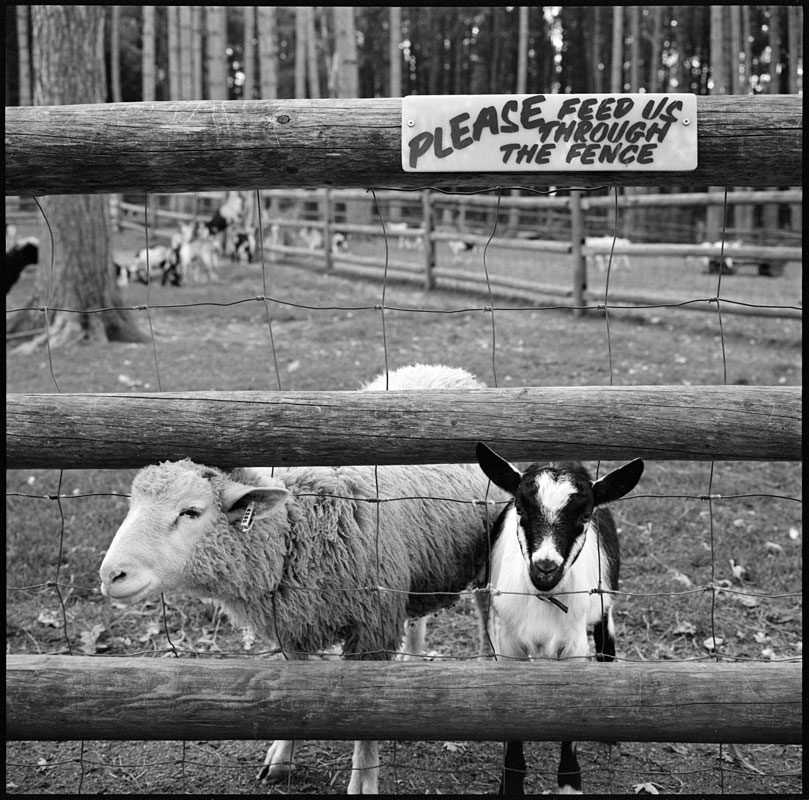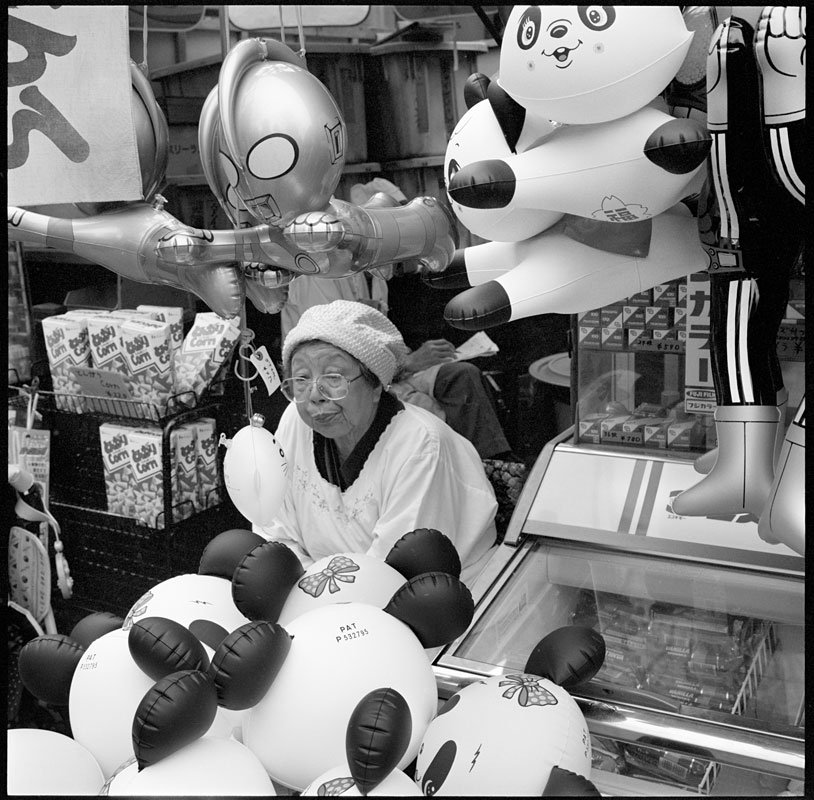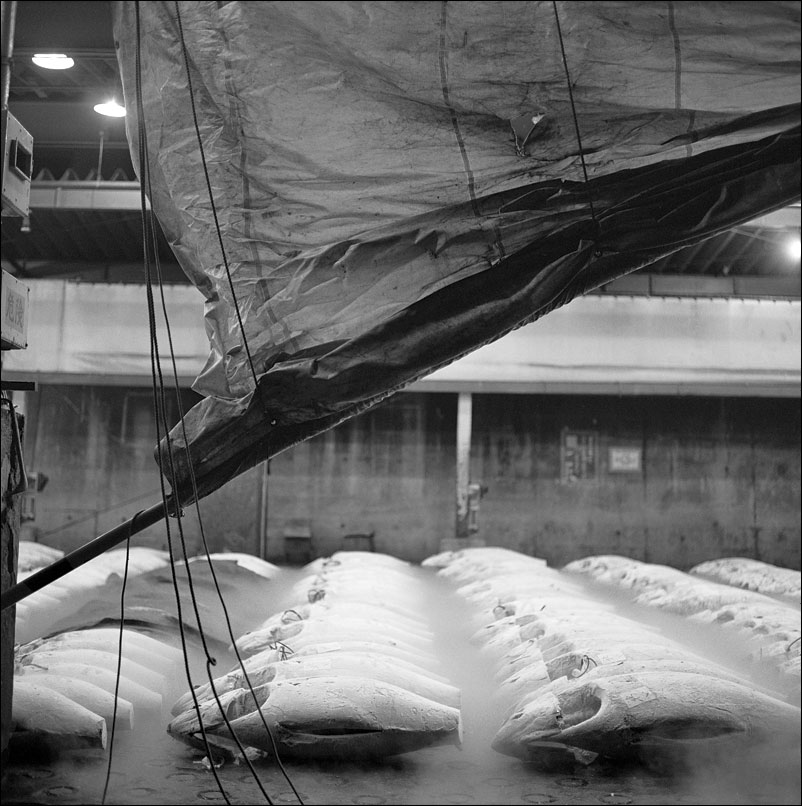 From September 30th, visitors will not be able to view the fish market. October 6th, 2018 marks the last business day for the Tokyo Central Wholesale Market in Tsukiji: the market will move a few kilometers away to Toyosu. I was fortunate to be able to visit the market at its peak in the early 1990s. I produced a small book on this amazing place: Tsukiji: Tokyo Fish Market Suite. While the market is clearly in many people’s hearts, the aging 1935 structure was in need of updating. I am grateful to have experienced this place. Still, access to the fish market and its famous tuna auctions will not be the same. Click on the image for a larger view.
From September 30th, visitors will not be able to view the fish market. October 6th, 2018 marks the last business day for the Tokyo Central Wholesale Market in Tsukiji: the market will move a few kilometers away to Toyosu. I was fortunate to be able to visit the market at its peak in the early 1990s. I produced a small book on this amazing place: Tsukiji: Tokyo Fish Market Suite. While the market is clearly in many people’s hearts, the aging 1935 structure was in need of updating. I am grateful to have experienced this place. Still, access to the fish market and its famous tuna auctions will not be the same. Click on the image for a larger view.
Tag Archives: Mamiya 6
Fishing
Tsukiji: Coming Soon
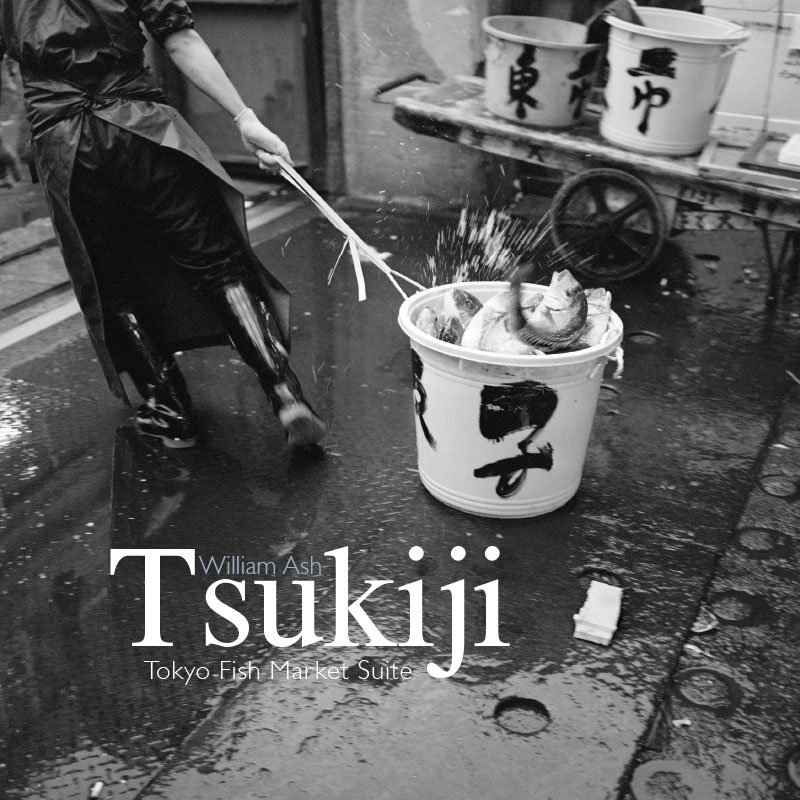 Naomi and I are pleased to announce our next book: Tsukiji: Tokyo Fish Market Suite. This 48 page soft cover book shows the inside of the world’s largest fish market. Tokyo Metropolitan Government has plans to relocate the market because of its aging 1935 infrastructure. This collection of 41 photographs pays homage to this remarkable place. The book will be released at the end of March. Click on the image for a larger view.
Naomi and I are pleased to announce our next book: Tsukiji: Tokyo Fish Market Suite. This 48 page soft cover book shows the inside of the world’s largest fish market. Tokyo Metropolitan Government has plans to relocate the market because of its aging 1935 infrastructure. This collection of 41 photographs pays homage to this remarkable place. The book will be released at the end of March. Click on the image for a larger view.
We Dance
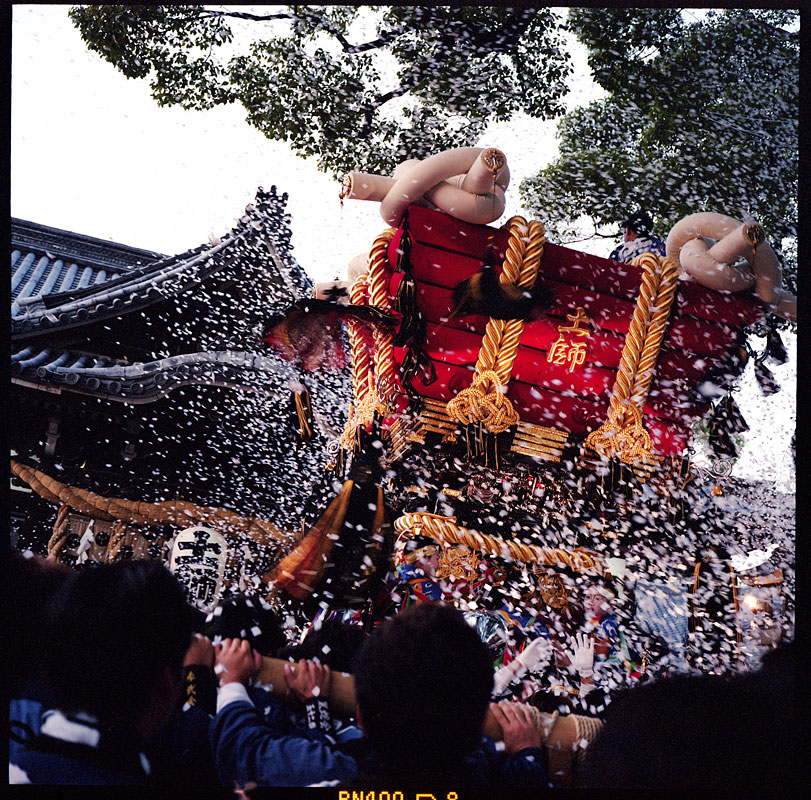 Naomi and I have been following the heartbreaking news of the earthquakes in Kumamoto, Japan (as well as the event in Ecuador). I was reminded of a story the American scholar Joseph Campbell used to tell about one of his visits to the country. Campbell overheard an American social philosopher talking to a Shinto priest, “We’ve been now to a good many ceremonies and have seen quite a few of your shrines. But I don’t get your ideology. I don’t get your theology.” The priest paused to consider the question and then answered, “I think we don’t have ideology. We don’t have theology. We dance.”
Naomi and I have been following the heartbreaking news of the earthquakes in Kumamoto, Japan (as well as the event in Ecuador). I was reminded of a story the American scholar Joseph Campbell used to tell about one of his visits to the country. Campbell overheard an American social philosopher talking to a Shinto priest, “We’ve been now to a good many ceremonies and have seen quite a few of your shrines. But I don’t get your ideology. I don’t get your theology.” The priest paused to consider the question and then answered, “I think we don’t have ideology. We don’t have theology. We dance.”
For information on how to help, you can visit the Japan Times website.
Hase-dera
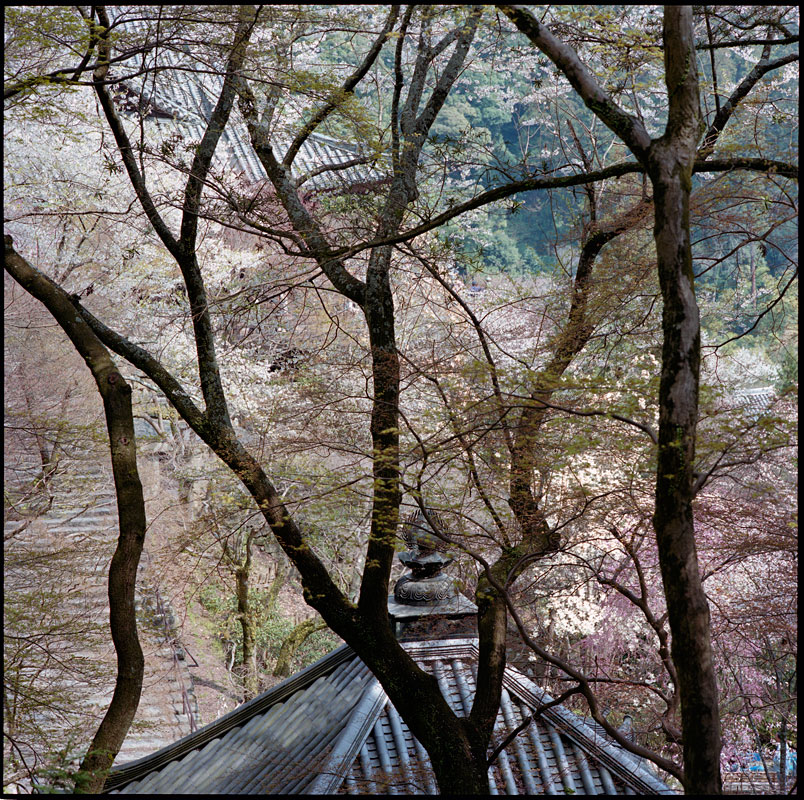 Tucked in along the walls of a valley just south of Nara is the Buddhist temple Hase-dera. The Japanese visit in the spring to see the cherry, plum, and magnolia in blossom. The compound is huge with over thirty buildings. Long flights of stone steps help you traverse the topography. Despite the size, Hase-dera has cultivated a landscape where it is difficult to separate the artificial from the natural. Click on the image for a larger view.
Tucked in along the walls of a valley just south of Nara is the Buddhist temple Hase-dera. The Japanese visit in the spring to see the cherry, plum, and magnolia in blossom. The compound is huge with over thirty buildings. Long flights of stone steps help you traverse the topography. Despite the size, Hase-dera has cultivated a landscape where it is difficult to separate the artificial from the natural. Click on the image for a larger view.
Plenty of Fish in the Sea…
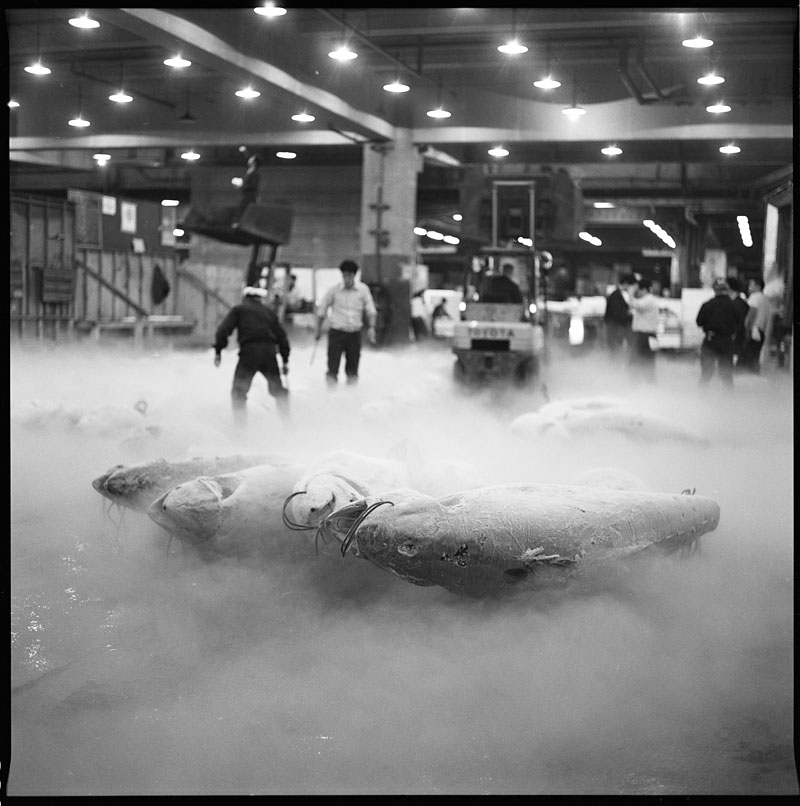 A report was issued recently on the state of the cod fisheries in Maine. After decades of overfishing, a strict quota was placed on the level of the catch. Based on models of cod reproduction, the stock should have rebounded, but it didn’t. What was left out of the model was the change in the environmental conditions in the Gulf of Maine. That body of water is one of the fastest warming areas in the ocean. It is claimed that if we protect the environment, it will destroy economic growth, it will kill jobs. Yet, I don’t see the current plan working out very well…
A report was issued recently on the state of the cod fisheries in Maine. After decades of overfishing, a strict quota was placed on the level of the catch. Based on models of cod reproduction, the stock should have rebounded, but it didn’t. What was left out of the model was the change in the environmental conditions in the Gulf of Maine. That body of water is one of the fastest warming areas in the ocean. It is claimed that if we protect the environment, it will destroy economic growth, it will kill jobs. Yet, I don’t see the current plan working out very well…
Satori
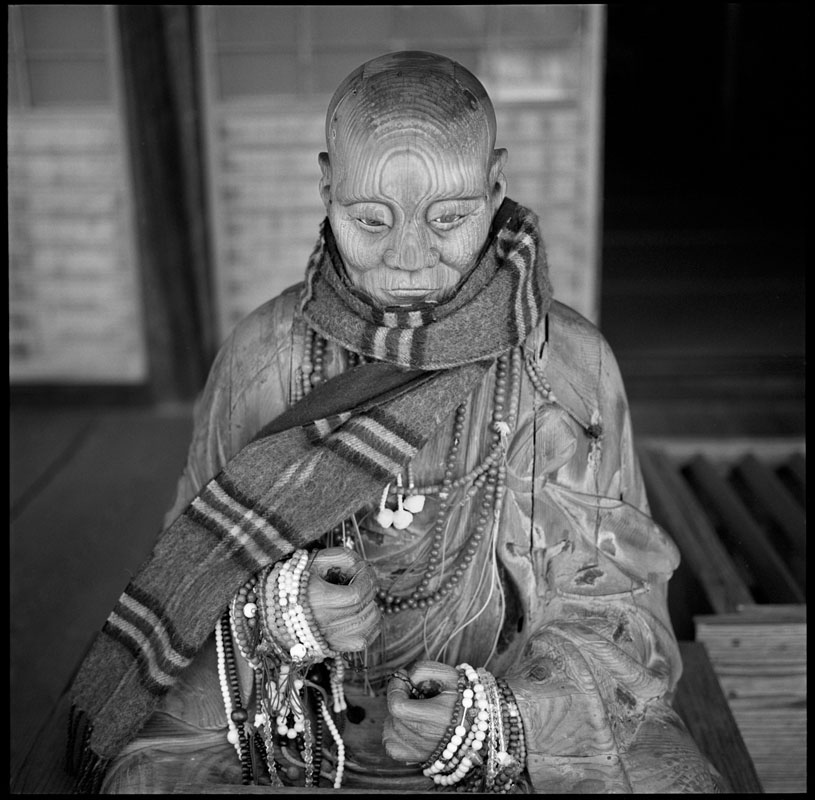 Satori is the Japanese word for enlightenment, awakening. Zen Buddhist believe this does not happen gradually, but comes like a clap of thunder. D. T. Suzuki, the Japanese Buddhist scholar and philosopher, describes it as “seeing into your own nature,” “…to see our own ‘original face’ even before we were born, to hear the cry of the crow even before it was uttered, to be with God even before he commanded the light to be.”
Satori is the Japanese word for enlightenment, awakening. Zen Buddhist believe this does not happen gradually, but comes like a clap of thunder. D. T. Suzuki, the Japanese Buddhist scholar and philosopher, describes it as “seeing into your own nature,” “…to see our own ‘original face’ even before we were born, to hear the cry of the crow even before it was uttered, to be with God even before he commanded the light to be.”
The image is of Binzuru on the island of Miyajima in western Japan. I have written about the legend of this charming figure before. This type of scarf is popular with school girls and a kind offering this time of year. Click on the image for a larger view.
Happy 2015
New Years Eve in Tokyo
 New Years is a big deal in Japan. It is simply not a party during the evening of December 31st. It begins then, but will be celebrated for the next several weeks. January is a month of firsts—the first visit to a shrine or temple (hatsumode), the first drawing of water, the first calligraphy, the first day of business, and so on.
New Years is a big deal in Japan. It is simply not a party during the evening of December 31st. It begins then, but will be celebrated for the next several weeks. January is a month of firsts—the first visit to a shrine or temple (hatsumode), the first drawing of water, the first calligraphy, the first day of business, and so on.
This is the main gate to Meiji Shrine, the largest shrine in Tokyo. In the first three days of 2010, 3.2 million people visited this shrine. When you think that most people leave a ¥100 coin (about a dollar) as an offering, New Years is an important time for these places. Click on the image for a larger view.


